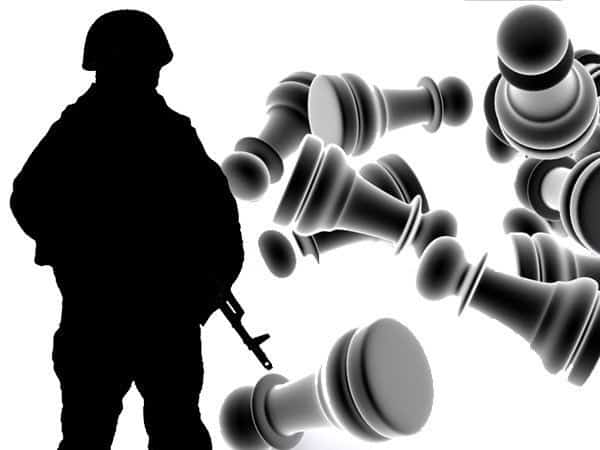Ukraine`s ”StopFake News” is no Onion-style satire, but rather positions itself as serious public service journalism, identifying fake news and debunking it on the air, The New York Times wrote in its piece titled ”To Battle Fake News, Ukrainian Show Features Nothing but Lies.”
NYT explains, that is because Kyiv, with its running battle with Moscow, was plagued by fake news long before concern over the problem spiked in Western Europe and the United States.
During the Ukraine crisis in 2014, manipulative and often outright invented news poured in from Russia on satellite television and websites and into sympathetic local newspapers.
Yevhen Fedchenko, a journalism professor at Kyiv-Mohyla Academy, helped start StopFake in March 2014 to heighten public awareness of Russian misinformation at the peak of the Ukraine crisis.
The group reported some of the biggest nonstories of the war. In 2014, Russia`s state-owned Channel 1 broadcast a now infamous report that Ukrainian nationalists had crucified a Russian child on the central square in Slovyansk after the Ukrainian Army expelled Russian-backed separatists from the town.
The report enraged Russian-speaking separatists already taking up arms against Kiev, throwing gasoline on the fire of the uprising in the east.
”It was a good piece of propaganda because it was produced for prime-time television, it was emotional, and it was totally groundless,” Mr. Fedchenko said.
German propagandists in World War I first used the story line, claiming that the British were crucifying German soldiers, he said, and it has been a staple of European war propaganda since.
”It touches themes of cultural war and religious, civilizational conflict,” he said. ”As propaganda, it is very effective.”
What began as a volunteer-run website grew into a news organization with 26 paid employees and researchers in several European countries and the United States, funded by grants. The show airs on about 30 Ukrainian television stations.
”The more outrageous it is, the more likely it is to be on the program,” Ms. Gontar, the anchor, said.
Though the stories are ”patently absurd,” she said, she plays it straight on air.
”People should take it seriously.”
Recently, the show debunked a Russian news report that President Poroshenko had, while drunk, thoughtlessly given a soccer ball as a gift to a Ukrainian soldier whose leg had been amputated because of a war injury.
Other recurring false themes are that the Ukrainian government planned to put Hitler`s face on its paper money and that western, Ukrainian-speaking regions of the country have declared independence.
Ms. Gontar studiously refutes each one, then wraps up her weekly report with a promise of more to come.
”We will keep following the propaganda and catch the lies,” she said.



